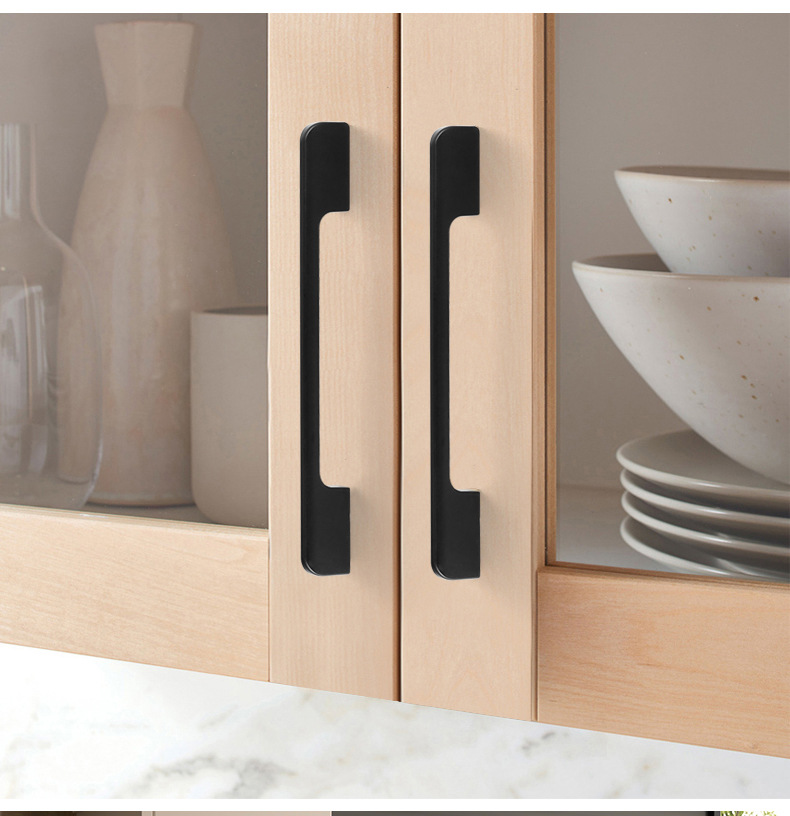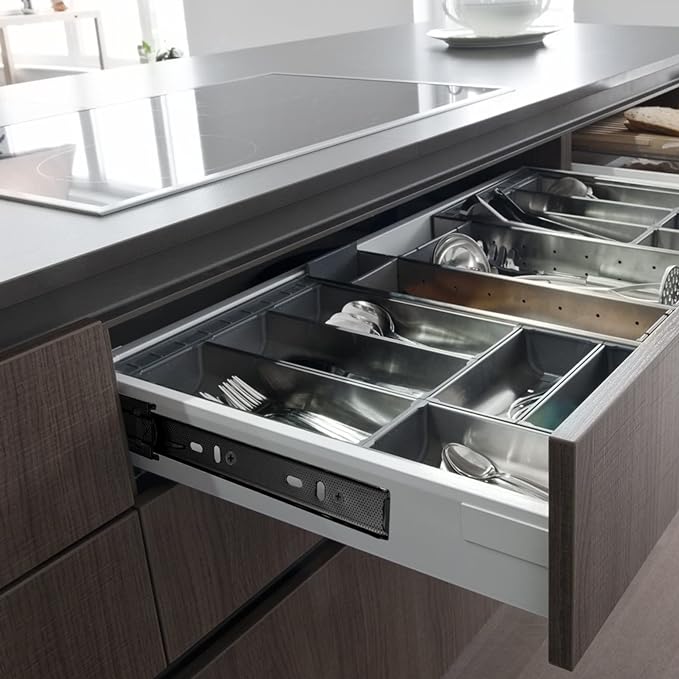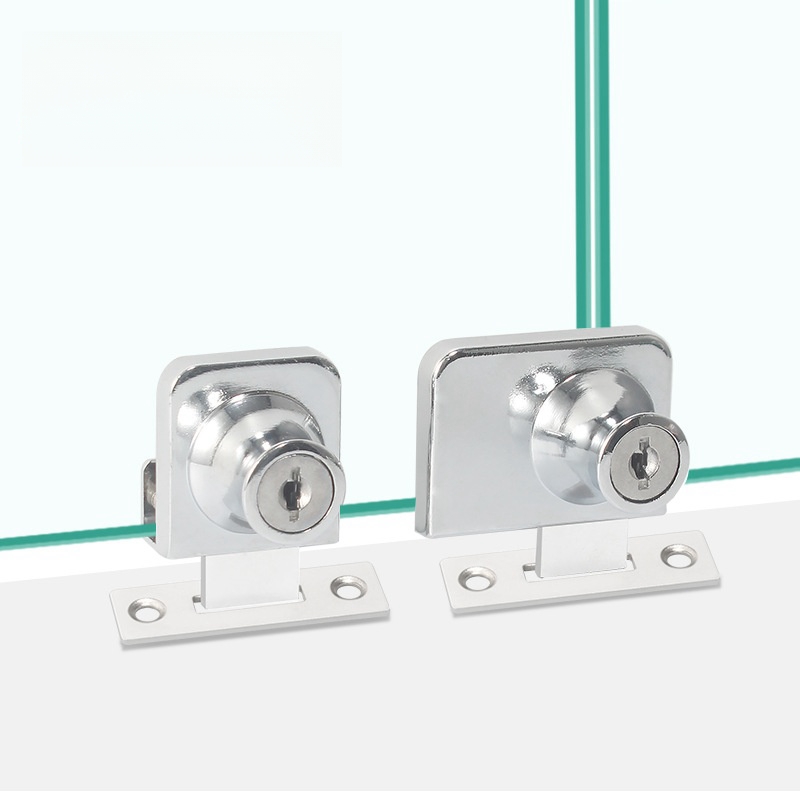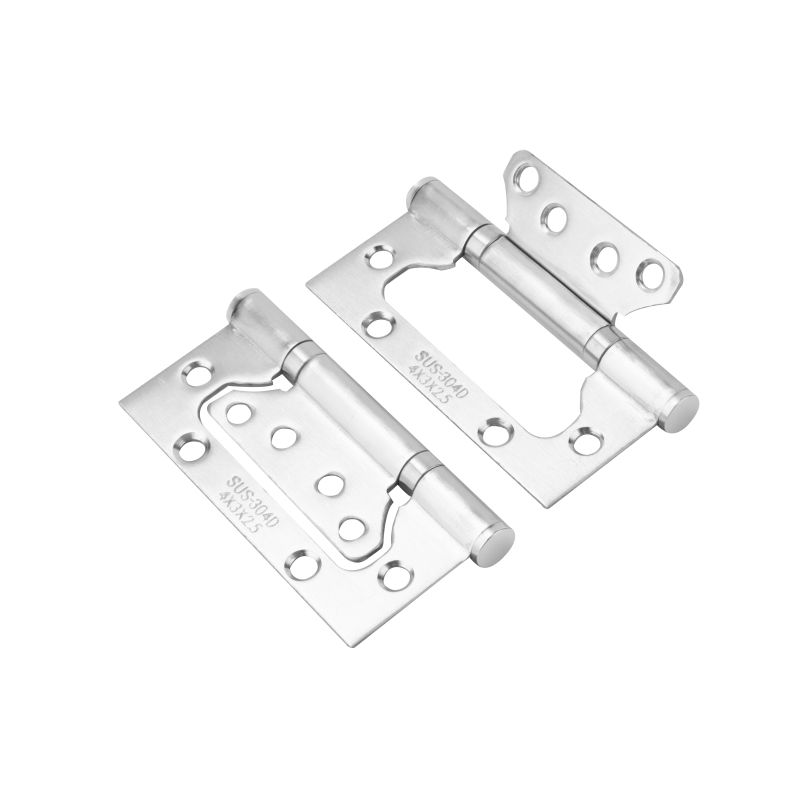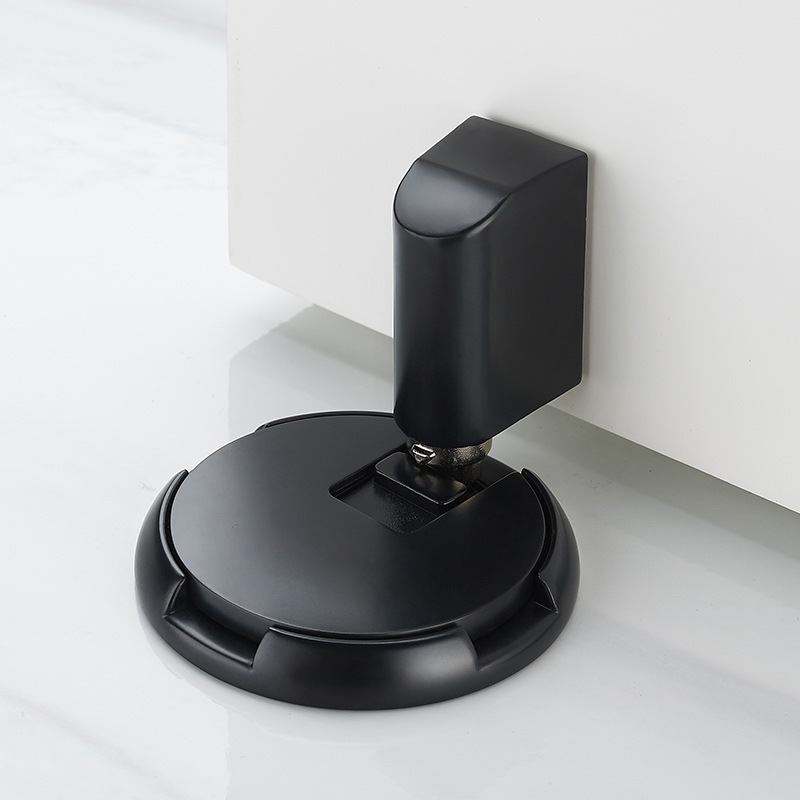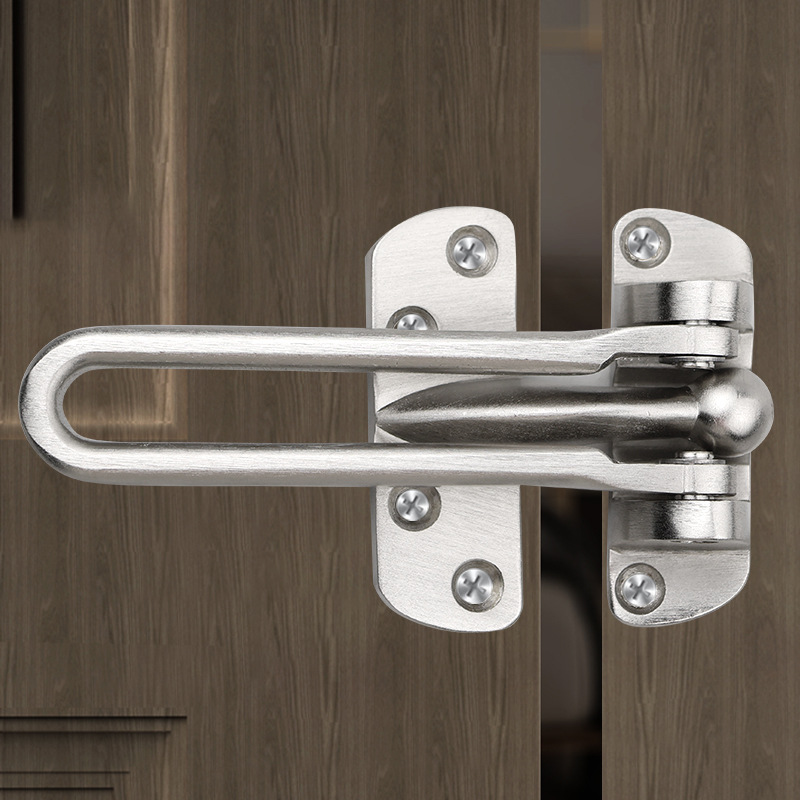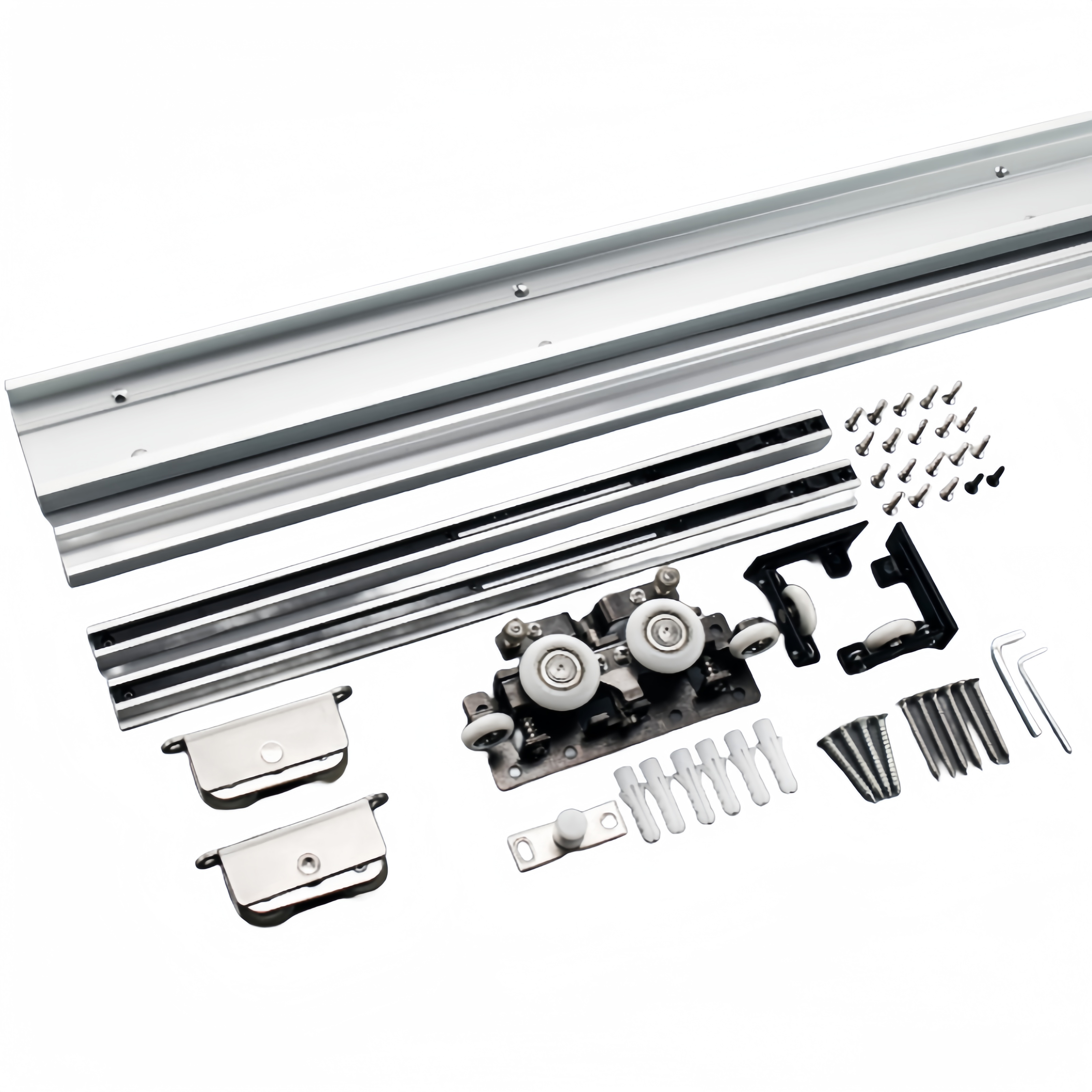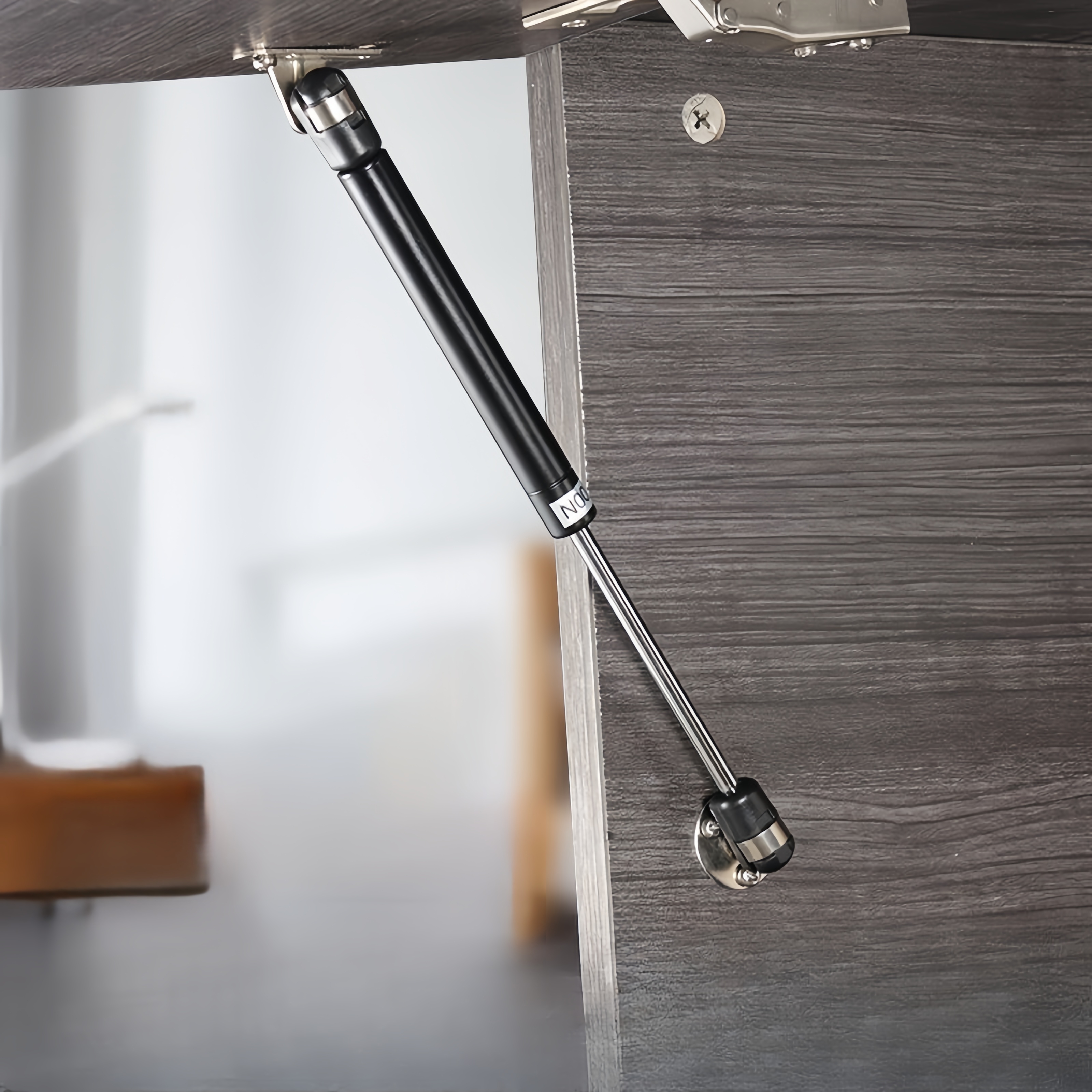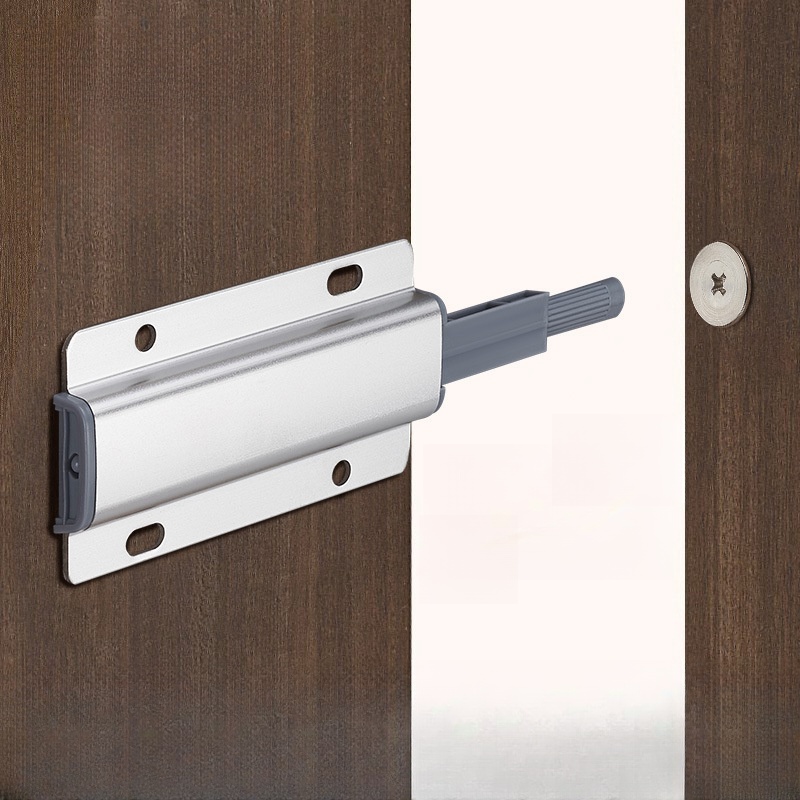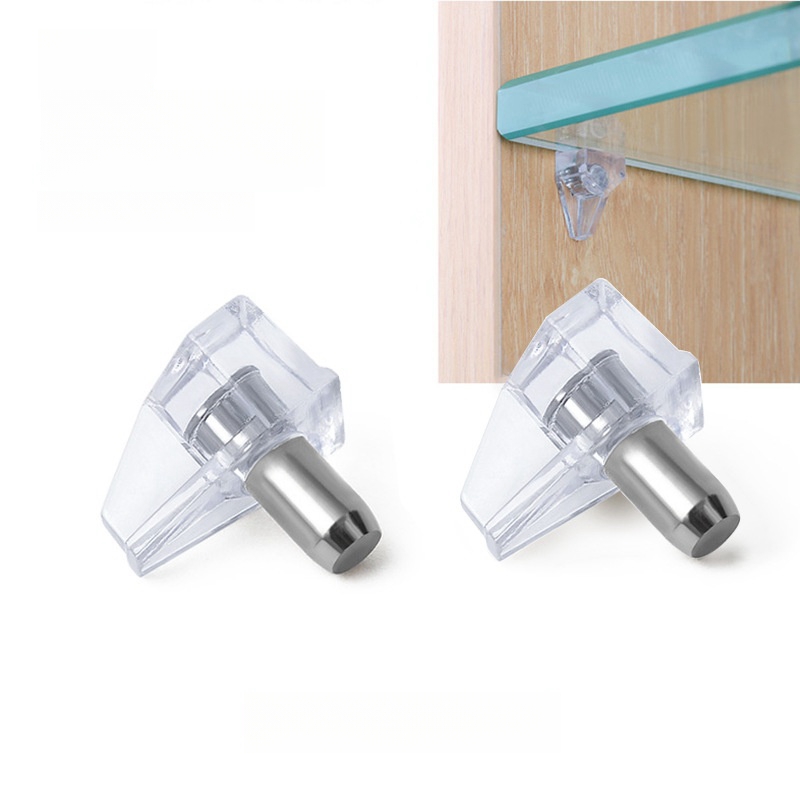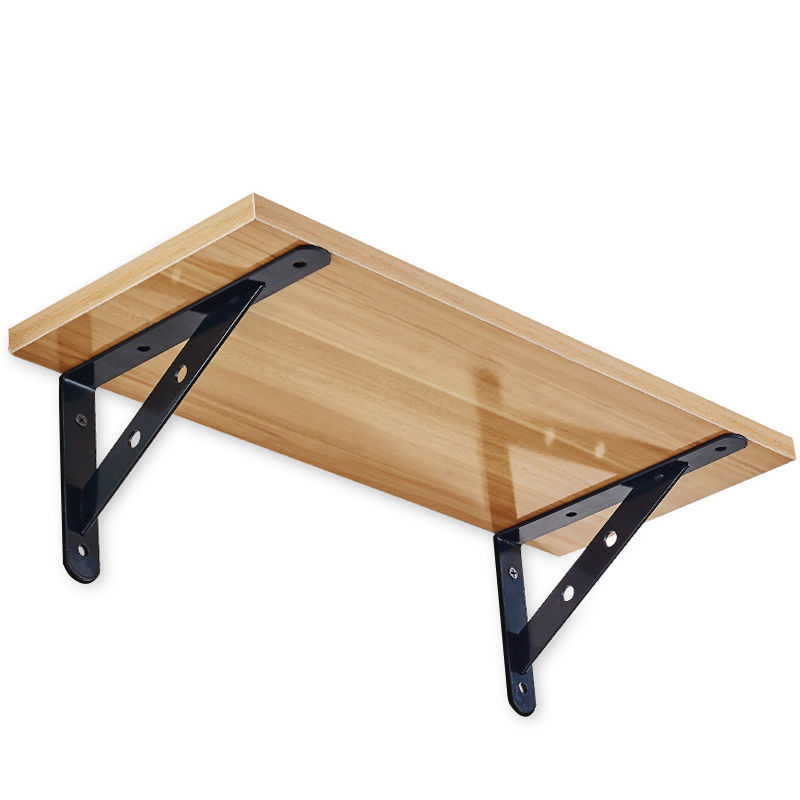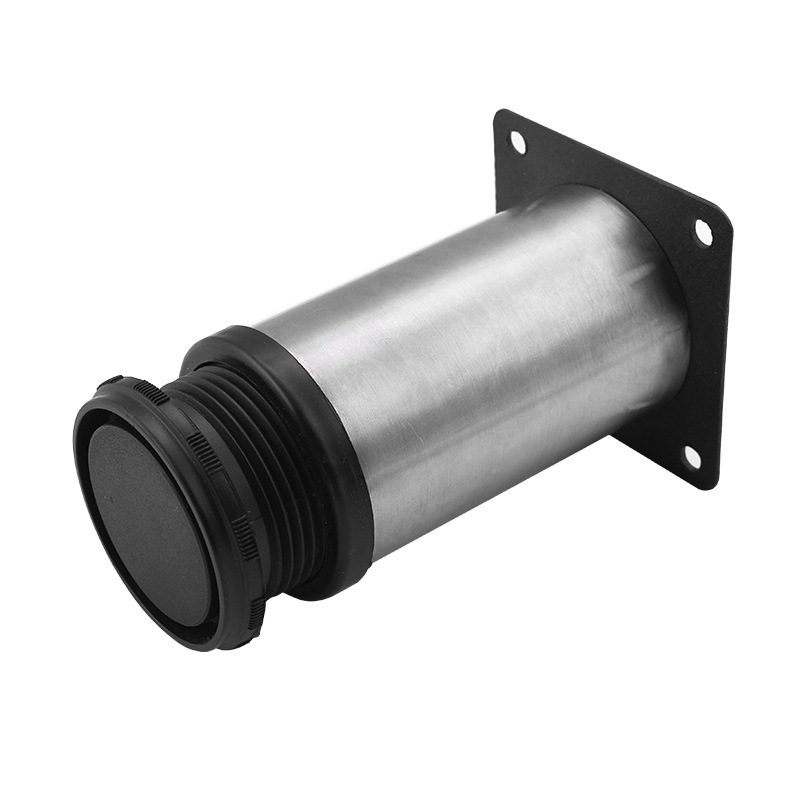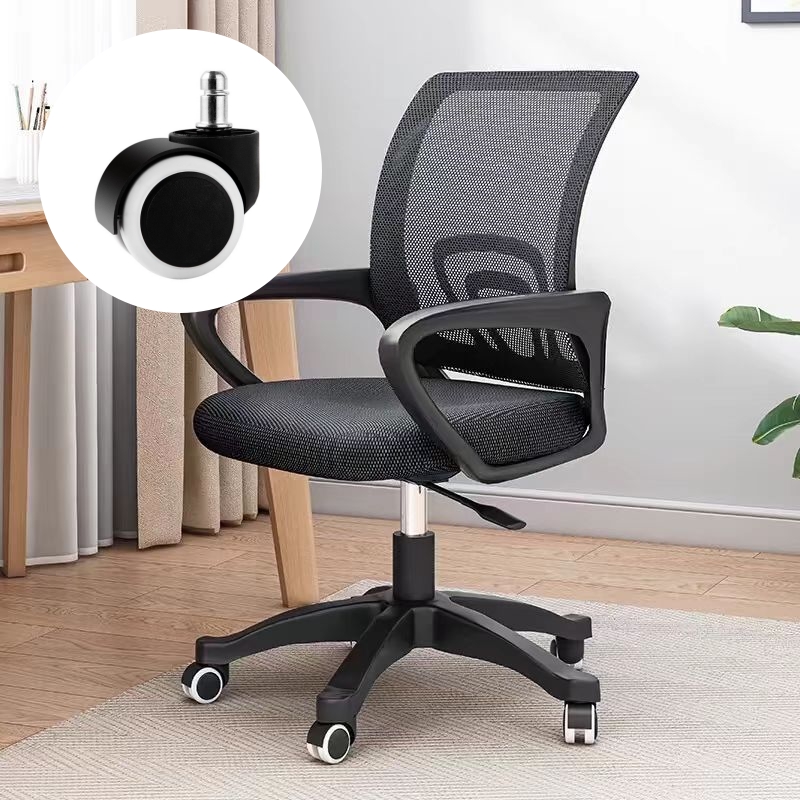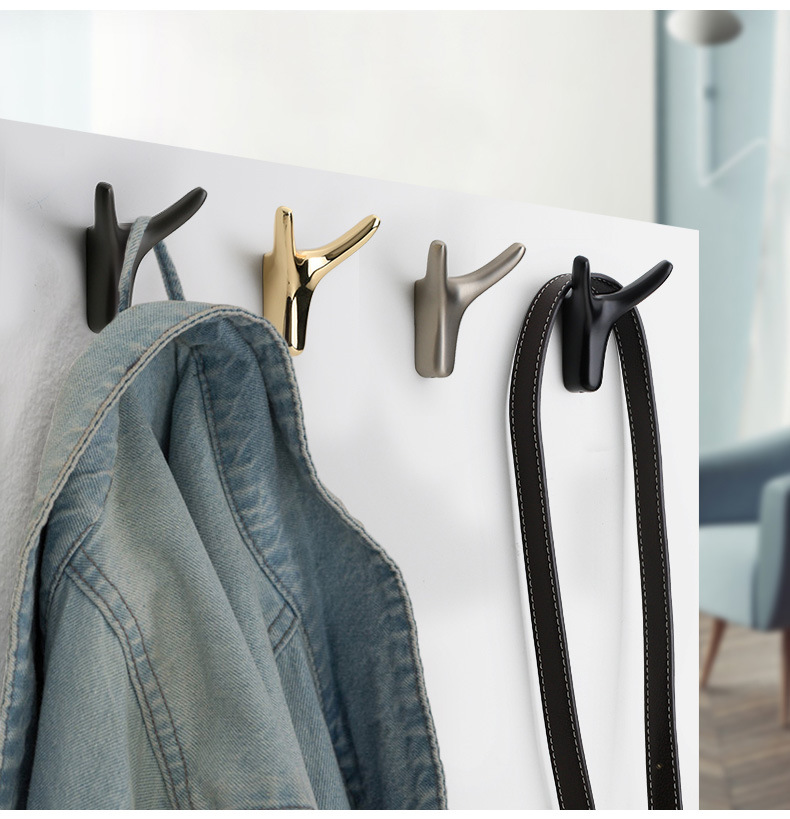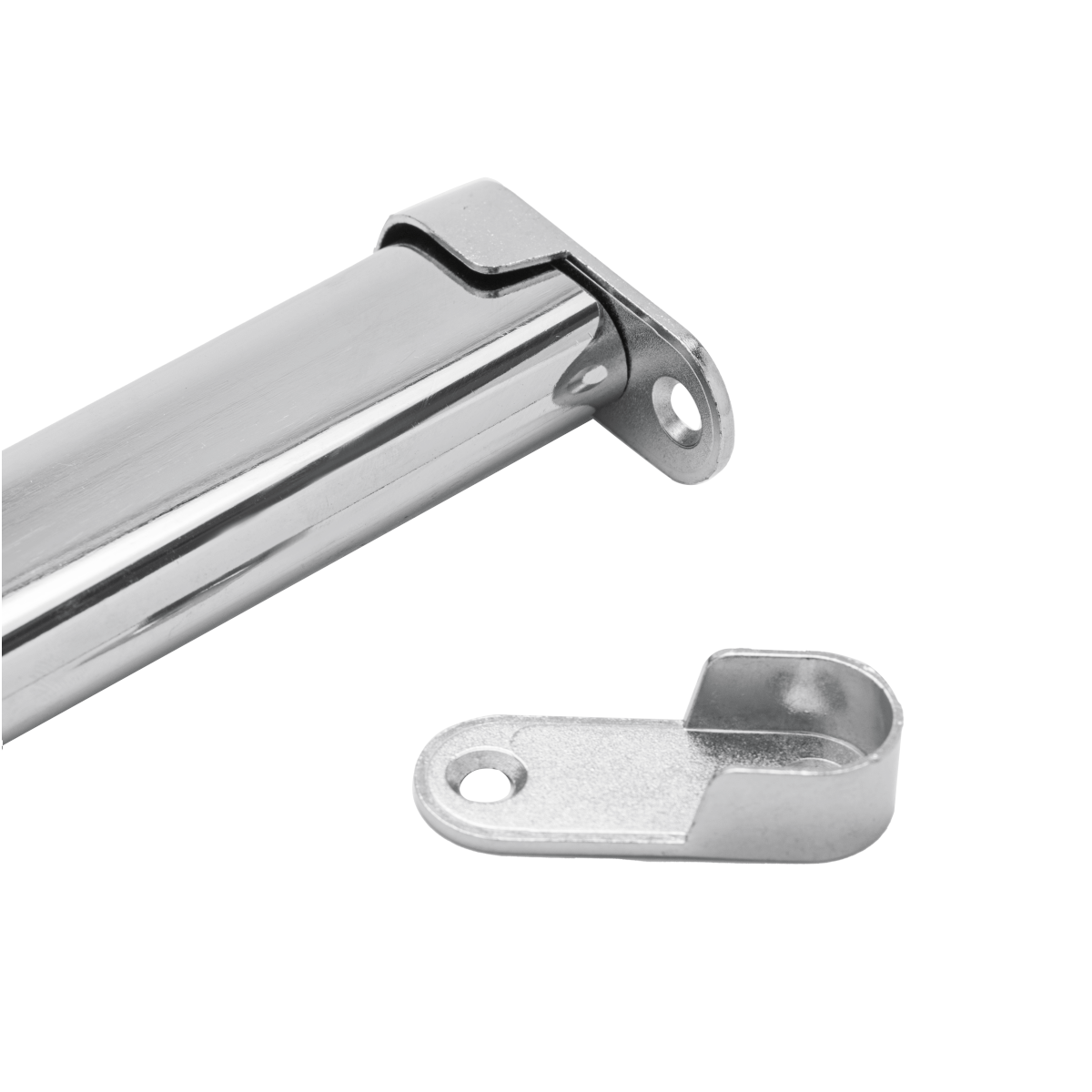
ABOUT
Guangzhou Toplink hardware Co., Ltd specialized in the production and export of furniture hardware fittings, with an experience of more than 14 years.
Our main products are drawer locks, cabinet hinges, sliding rails, cabinet handles, casters, cabinet legs and connecting fittings etc..
With a complete range of products, excellent performance and reasonable prices we have built up business with many customers all over the world.
We are committed to strict quality control and considerate customer service. We sincerely looking forward to becoming your best choice and the most reliable partner!
PRODUCTS
automotive door window hardware parts names
Regulators and Mechanisms
The heart of the window operation is the window regulator. This is a complex mechanism, usually housed within the door, responsible for the up-and-down motion of the glass. There are two primary types: cable-operated and geared regulators. Cable-operated regulators use a system of cables and pulleys to translate motor rotation into vertical window movement. These are often found in older vehicles and are relatively simple in design, but they are prone to cable breakage. Geared regulators, on the other hand, employ a series of gears and a rack-and-pinion system for more precise and reliable movement. These are more common in modern vehicles and offer improved durability and smoother operation.
Within the regulator assembly itself, several crucial parts work together. The motor provides the power, converting electrical energy into rotational motion. This motor is often connected to a gearbox which reduces speed and increases torque for smooth and controlled movement. The regulator assembly also includes various brackets, guides, and clips that securely hold the window glass in place and ensure proper alignment during its travel. These components, while seemingly minor, are essential for the regulator's proper function and prevent the glass from binding or falling out of its tracks.
Window Glass and Run Channels
The window glass itself is a key element, though often overlooked as a "hardware" part. Different types of glass are used, depending on vehicle specifications and safety requirements. Laminated glass is common, providing improved safety and sound insulation. The glass is designed to fit precisely within the door's frame, engaging with various components that ensure smooth movement. Damage to the glass, such as cracks or chips, can impact the regulator’s functionality and compromise safety.
The run channels are the tracks that guide the window glass as it moves up and down. These channels are typically made of plastic or metal and are located within the door panel. The channels are designed to reduce friction and ensure smooth window operation. Over time, dirt, debris, or damage to these channels can cause binding or noisy operation. Maintaining clean run channels is important for the longevity and performance of the window regulator system. These channels also include felt or rubber seals to prevent water intrusion and noise.
Window Switches and Wiring
The operation of the window is controlled by switches, typically located on the driver's and sometimes passenger's doors. These switches may be simple rocker switches or more complex assemblies with integrated functions, such as auto-up/down features. The switches send electrical signals to the window regulator motor, controlling the direction and speed of window movement. Malfunctions in the switches, such as worn contacts or internal failures, can prevent window operation or lead to erratic behavior.
The electrical wiring connecting the switches to the motor and other components is another vital aspect of the system. Wiring can become damaged through wear and tear, corrosion, or rodent activity. Damaged or frayed wiring can disrupt the electrical signal, leading to malfunctions in the window regulator system. Proper wiring is crucial for reliable and safe operation.
Door Window Frames and Seals
The door window frame provides the structural support for the entire window assembly. This frame houses the run channels, guides the window glass, and provides a seal to prevent water and air leakage. The frame’s alignment and integrity are paramount for smooth window operation. Bending or damage to the frame can affect the glass movement, leading to binding or misalignment.
Proper sealing around the window glass is essential to prevent water ingress and drafts. Weatherstripping is a critical component, providing a tight seal between the glass and the frame. Over time, the weatherstripping can deteriorate, losing its effectiveness. This can lead to water leakage into the door, causing rust and damage to interior components.
Troubleshooting and Maintenance
Understanding the various parts allows for effective troubleshooting and maintenance. Common issues include noisy operation, binding, or complete failure. Diagnosing these problems often involves checking the regulator motor, inspecting the run channels for debris, and verifying the condition of the wiring and switches. Regular lubrication of moving parts can extend the life of the window regulator.
Preventative maintenance is key. Keeping the run channels clean and free of debris helps prevent binding and noise. Regularly inspecting the weatherstripping for wear and tear can help prevent water leaks. Addressing small issues promptly can prevent larger and more costly repairs down the line. Understanding the names and functions of each component is essential for effective diagnosis and maintenance of your vehicle’s window system.
SUBSCRIBE
INQUIRY
